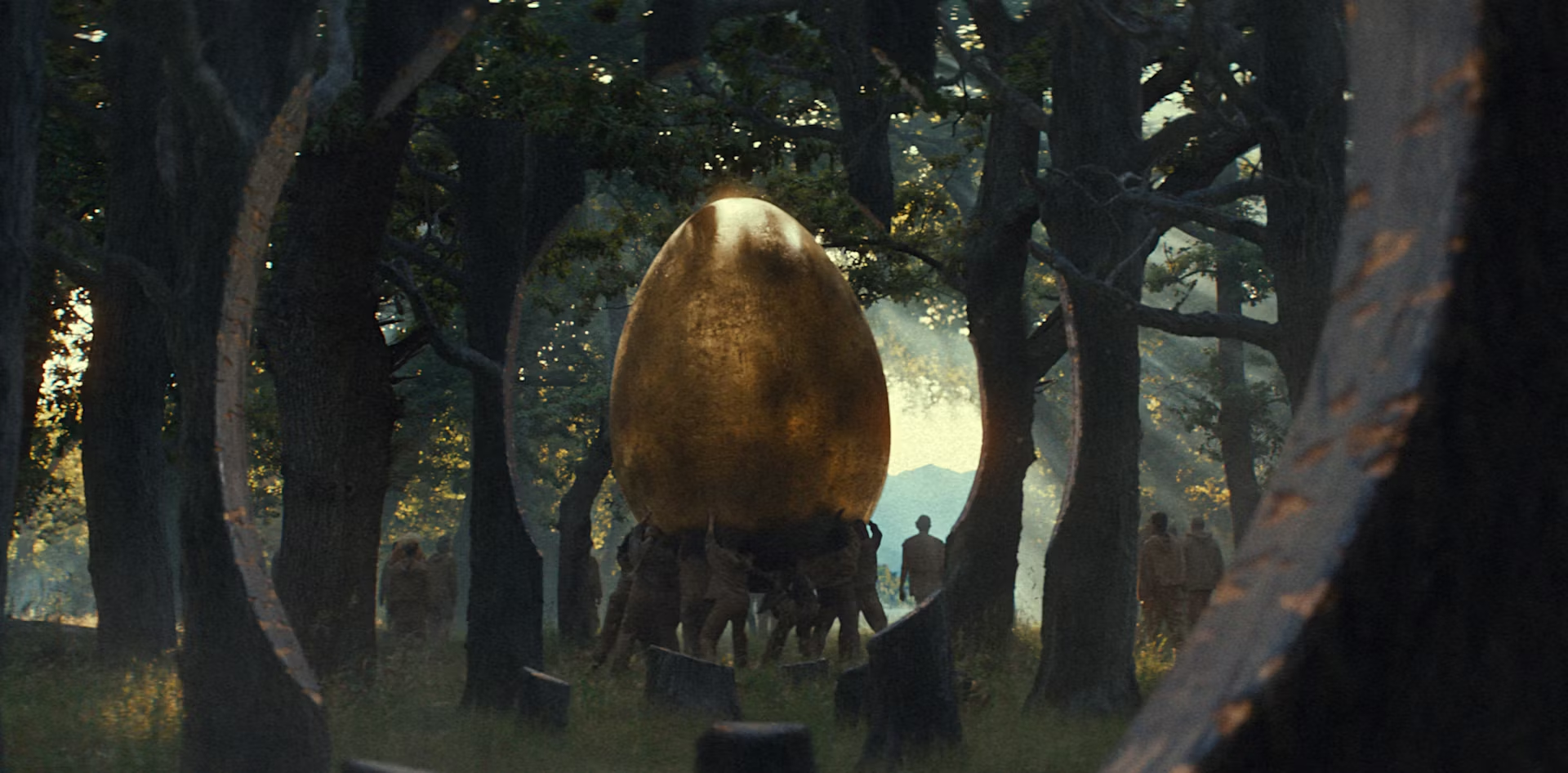THIS LEAVES ME OKAY
Even before the author could read, his grandmother wrote him letters almost weekly. “In fact,” he notes, “I have few memories that come before my remembrance of receiving regular missives from ‘Mama Ceal’ as we called her.” For almost 30 years (until his grandmother died in 1995), these letters were a constant presence in Pryor’s life. Blending his own story with that of his grandmother (as retold in her letters), the author offers a fascinating look at Black life in Arkansas during the eras of Jim Crow, the Civil Rights movement, and beyond. Born Lucille Hatch in 1920s rural Arkansas, Mama Ceal lived a life like many Black Americans in the segregated South. Impoverished and denied access to the opportunities afforded white children, Lucille ended her formal schooling after she completed the eighth grade. Despite her limited education and subsequent full-time job as a live-in maid, Mama Ceal forged her own family and used her precious spare time to become a prolific writer who left behind a treasure trove of letters to her descendants. The letters, which are scattered throughout Pryor’s narrative, provide ample fodder for the author to retell his grandmother’s stories of growing up in a “shotgun house” (“you could shoot a shotgun through the open front door and the shot could exit through the open back door without hitting a thing”). They also serve as a springboard for the author to reflect on American race relations more broadly; Pryor recounts conversations with his own children about systemic racism and social injustice in the wake of the murders of Breonna Taylor and George Floyd. While the book does not shy away from the ways in which racism continues to affect Black families more than 100 years after the birth of Mama Ceal, it is ultimately a love letter from a grandson to his grandmother. “Without any signs or indications that she would be successful,” the author writes, “Mama Ceal did what she could to make her small world better.”


Even before the author could read, his grandmother wrote him letters almost weekly. “In fact,” he notes, “I have few memories that come before my remembrance of receiving regular missives from ‘Mama Ceal’ as we called her.” For almost 30 years (until his grandmother died in 1995), these letters were a constant presence in Pryor’s life. Blending his own story with that of his grandmother (as retold in her letters), the author offers a fascinating look at Black life in Arkansas during the eras of Jim Crow, the Civil Rights movement, and beyond. Born Lucille Hatch in 1920s rural Arkansas, Mama Ceal lived a life like many Black Americans in the segregated South. Impoverished and denied access to the opportunities afforded white children, Lucille ended her formal schooling after she completed the eighth grade. Despite her limited education and subsequent full-time job as a live-in maid, Mama Ceal forged her own family and used her precious spare time to become a prolific writer who left behind a treasure trove of letters to her descendants. The letters, which are scattered throughout Pryor’s narrative, provide ample fodder for the author to retell his grandmother’s stories of growing up in a “shotgun house” (“you could shoot a shotgun through the open front door and the shot could exit through the open back door without hitting a thing”). They also serve as a springboard for the author to reflect on American race relations more broadly; Pryor recounts conversations with his own children about systemic racism and social injustice in the wake of the murders of Breonna Taylor and George Floyd. While the book does not shy away from the ways in which racism continues to affect Black families more than 100 years after the birth of Mama Ceal, it is ultimately a love letter from a grandson to his grandmother. “Without any signs or indications that she would be successful,” the author writes, “Mama Ceal did what she could to make her small world better.”


















































![The 11 Best Landing Page Builder Software Tools [2025]](https://www.growthmarketingpro.com/wp-content/uploads/2024/04/best-landing-page-software-hero-image-1024x618.png?#)


































![What Is Generative Engine Optimization [Tips & Workflows To Do It]](https://moz.com/images/blog/banners/What-Is-Generative-Engine-Optimization-Tips-Workflows-To-Do-It-1.png?auto=compress,format&fit=crop&dm=1745607929&s=6f75f1f02c531af0f80acb12517c8bab#)













![How to master the basics of social media advertising [+ 5 examples]](https://www.hubspot.com/hubfs/Untitled%20%28524%20x%20393%20px%29.png)












![Social media image sizes for all networks [May 2025]](https://blog.hootsuite.com/wp-content/uploads/2023/01/Social-Media-Image-Sizes-2023.png)























